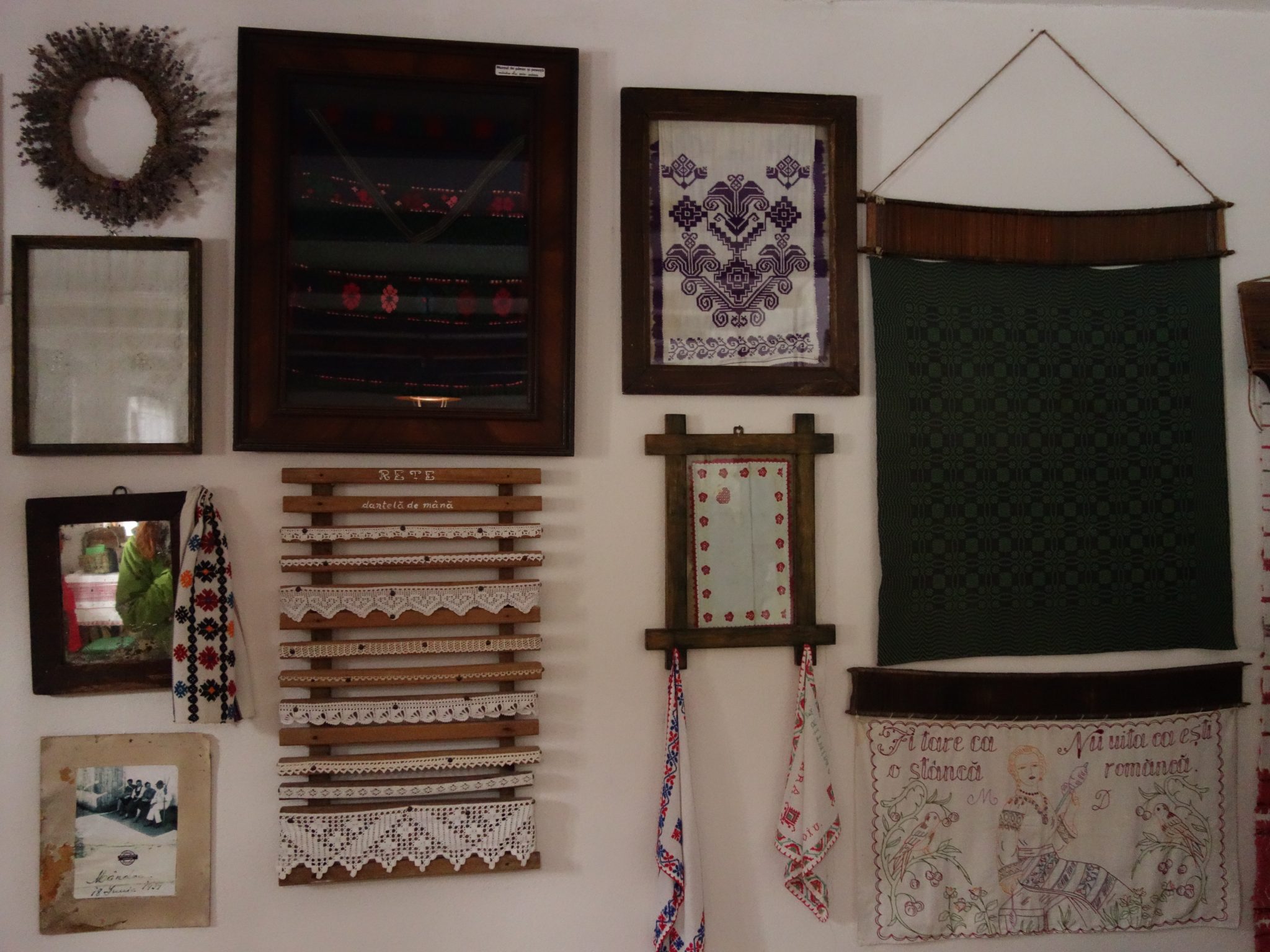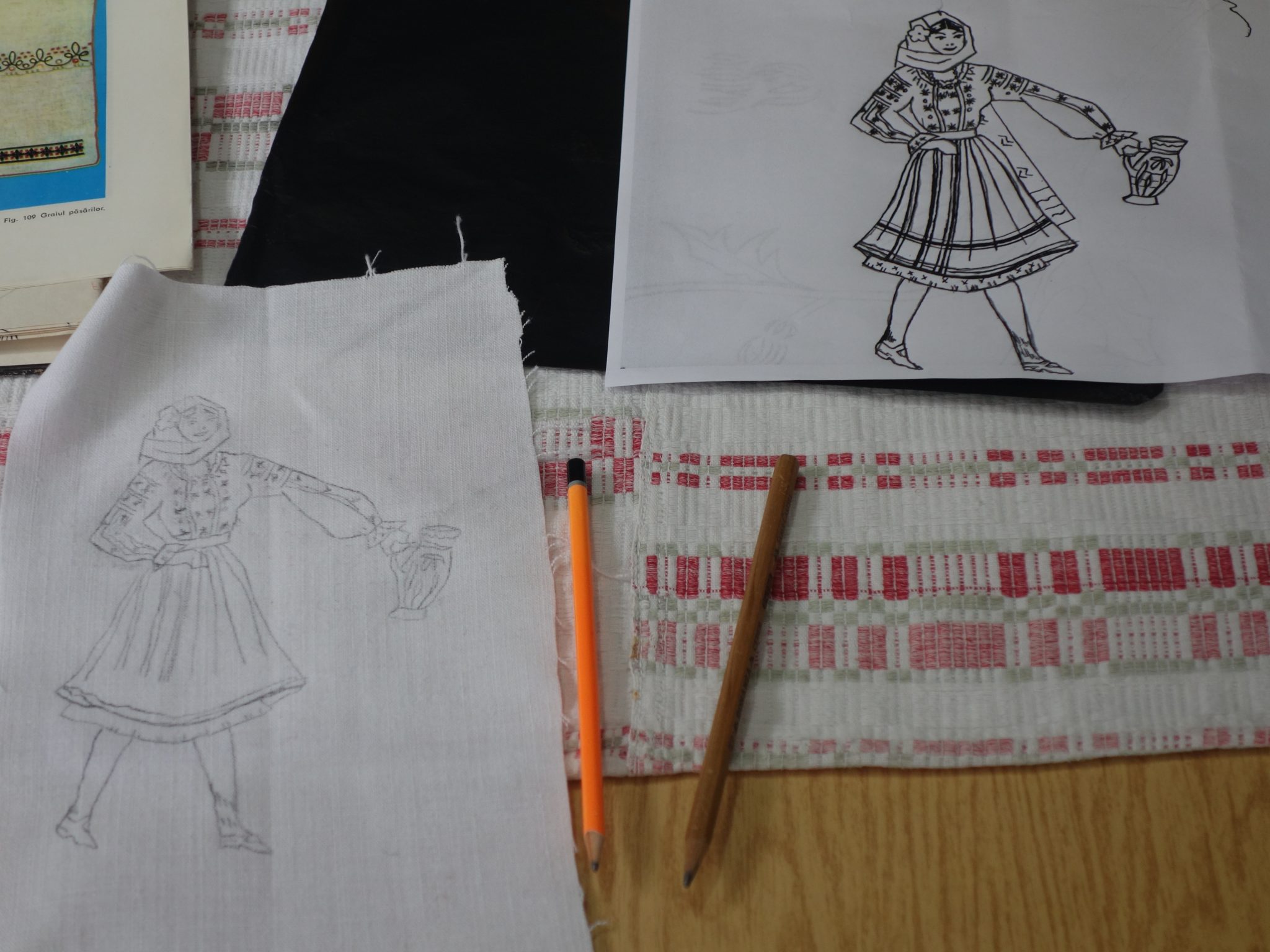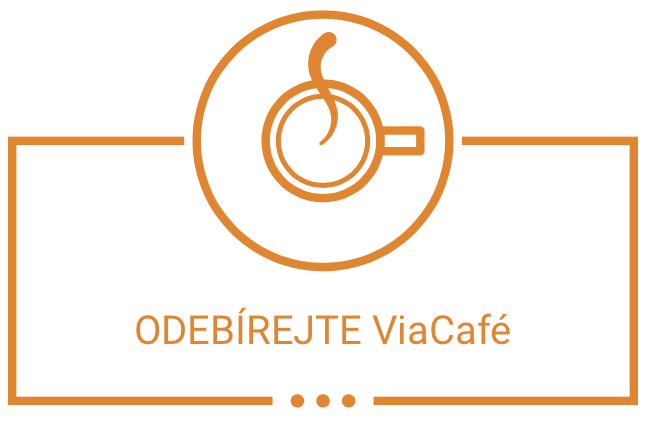ViabilityNet program’s third meeting was held in the beautiful mountains of Fagaras and focused on assets and impacts. Gradually, through the homework tasks, participants are now almost finished with their research on the resilience of their communities. Under the heading RESOURCE ROBUSTNESS, they described the resources in their communities and the quantity and quality of those resources. They also looked at the quality of the learning process and the innovativeness and the connectedness in their communities, which is called ADAPTIVE CAPACITY.
At this meeting we delved more deeply into potential resource mobilization. Jiri Bárta, the Executive Director of Via Foundation, introduced the Asset-Based Community Development (ABCD) concept, which is an approach that can support our work with communities to help them become more resilient. When we want to change or develop something, we tend to focus on identifying the problem and defining how much money we have to deal with it. ABCD takes a different approach and focuses on the strengths and the assets of the community.
“If we ask people to look for deficits, they will usually find them, and their view of situations will be coloured by this. If we ask people to look for successes, they will usually find them, and their view of situations will be coloured by this.” (Kral, 1989)
There are many things that can be assets in communities, things that cannot be replaced by experts or external resources but that we can build on, such as local knowledge, culture, resources, skills and processes.
As part of our study trip, we visited the Mandra Chic initiative, which is a creative studio. Women from the village are rediscovering Romanian traditions and making authentic clothes, bracelets, pillows and jewellery. They are essentially upcycling old traditional pieces of clothing. They buy old cloth and needlework at the marketplace and in villages and use them to create new clothes.
In Romania, there is a network of about 30 well-functioning community foundations. We visited two of them: the Fagaras Country Community Foundation and the Sibiu Community Foundation. The community foundations are active on a regional or local scale and fundraise money and resources to give to NGOs and initiative groups, which means that companies and individuals are willing to contribute to local development. The range of projects eligible for support is broad and includes educational, community, local economic development and environment efforts. For example, the Scientiescu Hub is a space for STEAM (Science, Technology, Engineering, Art, Mathematics) education, where children and young people ages 5-20 will be able to discover a variety of non-formal educational projects by scientists and teams. The Hub was supported by the Sibiu Community Foundation and now it is trying to become self-sustainable.
There is also a variety of ways of fundraising: e.g. bike-a-thons, marathons, swim-a-thons and Giving Circles. Madalina Marcu of ARC (Asociatia pentru Relatii Comunitare) introduced us to this approach to fundraising, where you invite a circle of friends who are wealthy and introduce projects in an attractive way to encourage them to donate money for a better future. There are always 3 to 4 socially and environmentally responsible projects invited, which are presented by the project representatives in a maximum of six minutes. This means less stress for the presenters and provides an opportunity for direct contact between the volunteers and the donors.
The metaphorical ‘cherry on top’ at this meeting was a 1.5 day workshop on impact measurement by Lenka Dušková from the University of Palacký in Olomouc, the Czech Republic. We talked about the impacts that we are actually bringing about through our projects and how we can measure these impacts. It was encouraging to hear that impact is not measured for the sake of reporting and providing numbers to donors, but that it is, in fact, a very good tool for learning from what we are doing, keeping volunteers and staff motivated and helping us do even better the next time. We don’t want to do things just for fun; we want to change places, mindsets, structures and the economy to make them more participatory, just and environmentally-friendly!
Kral, R. (1989). Strategies that work: Techniques for solutions in the schools. Milwaukee, WI: Brieg Family Therapy Center.





